Music I’ve bought and/or resampled this week.
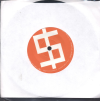 |  |  | 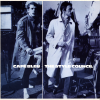 | 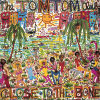 |
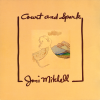 | 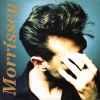 | 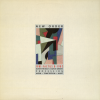 | 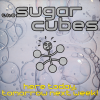 | 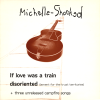 |
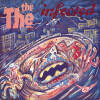 |  | 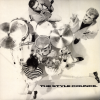 | 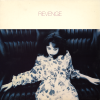 | 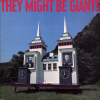 |
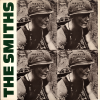 |  |  | 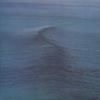 |  |
 | 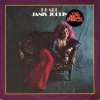 | 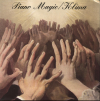 |  | 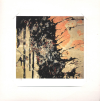 |
 | 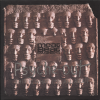 |  | 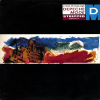 | 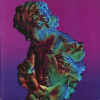 |
 | 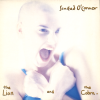 | 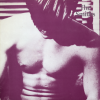 | 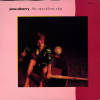 | 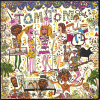 |
Previously: I bought an HDMI OLED screen and determined that its black pixels emitted light.
This made me start wondering: Do all OLED screens emit light from “black” pixels?
So I did the simplest thing possible to test this: I made a little app that displays a black screen. It’s on Google Play and everything. It’s called “Blacker Than Black” if you just want to search for it on your phone.
So I loaded it up on my Blackberry Priv AMOLED (that’s short for “armored led”, I think), and went into the unmentionable room, and took a picture:
OK, that’s kinda… black… let me twiddle the camera settings… er… f2.8… ISO6400… two second exposure…
That’s still very black! Although now the camera can see my fingers in the very, very dim room. Very dim.
OK, let’s test another phone. That’s a Samsung Galaxy S6… (Which is also AMMO LED.) Very black indeed.
OK, I’m convinced. That SmallHD AC7 OLED screen sucks, but other black OLED screens are blacker than very black.
For kicks, I loaded the app onto my Sony Xperia z4 tablet, which has an IPS screen. And dialed the exposure settings waaaay down.
Yeah. It’s not very black.
Galaxy S6 in front to compare.
So there you have it: The OLED blackness myth… IS CONFIRMED!
Shocking. But that just means that I have to find a different 7″ OLED screen from somebody that makes a better screen, and things will be perfect!
Unfortunately, after googling for an hour or two, that doesn’t seem to exist. There are other OLED screens, and a couple of them even have HDMI, but they’re all really, really ugly, and isn’t really something that I want in my bedroom.
Oh, well. I’ll have to wait a few more years for perfection…
Wow. Such a fresh film. I can see some Godard influences, perhaps, but it’s quite unlike anything I’ve seen. It’s like… Michel Gondry ten years before Michel Gondry.
Very meta and quite funny.
I found their dialect sometimes hard to follow, though. *concentrate* I switched on the French subtitles to help understanding, and I don’t even understand French.
Love the guy who played the “Keystone Cop”.
I do have one slight criticism to make, though: The voice-over at the end was a bit too on the nose.
Le complot d’Aristote. Jean-Pierre Bekolo. 1996. Cameroon.
Tamarind & Gin
To make the tamarind drink, remove the seends from a bunch of tamarinds, boil some water, and let the tamarind flesh steep in the cooling water for a few hours.
This isn’t really a Cameroon cocktail, but the tamarind part it. I dumped some gin into this traditional soft drink.
I tried googling! Cameroonian bartenders: You should get on the web.
This post is part of the World of Films and Cocktails series. Explore the map.
Uh-oh. That’s not a good sign.
I guess that this film is really rather more French than Cote de Ivoirean? (That’s probably not a word.) And it’s a “satire”, which is usually code word for “not actually funny”.
MUCH BITE SATIRE
An it is, indeed, a bit eye-rolling-ey at times. But it’s not bad.
Black and White in Color. Jean-Jacques Annaud. 1976. Côte d’Ivoire.
Hibiscus Margaritas
Shake with ice. Pour into a cocktail glass. Garnish with a lime wedge.
This post is part of the World of Films and Cocktails series. Explore the map.
Ahh! A lighthearted goofy comedy. Somehow those aren’t the films that are usually exported from non-major-film-producing countries. It’s always the serious or artsy films. And I love serious artsy films, but c’mon.
Unfortunately, this film also illustrates why these films aren’t exported. There’s just not very much about this film that’s memorable.
It’s amusing.
Staying Single When?. Tom Som. 2007. Cambodia.
Banana Daiquiri
Blend with ice. Pour into cocktail glass and garnish with a banana slice.
That’s way too much lemon juice for my taste. I think it could have been really good with, like, a third as much?
This post is part of the World of Films and Cocktails series. Explore the map.